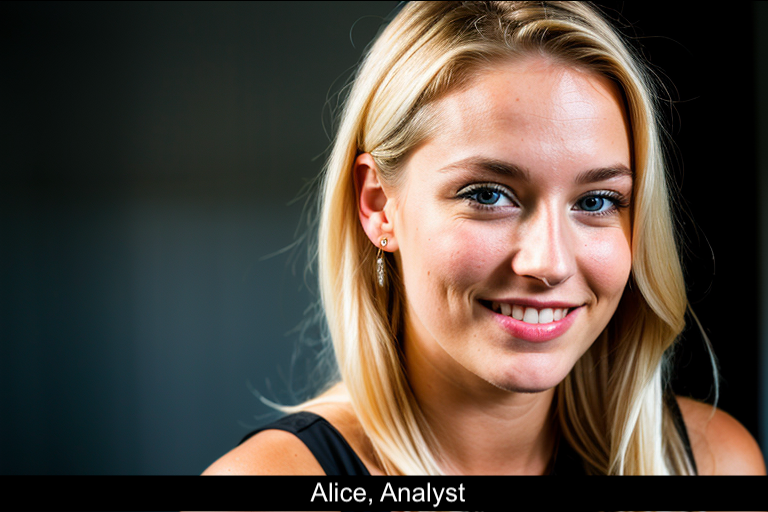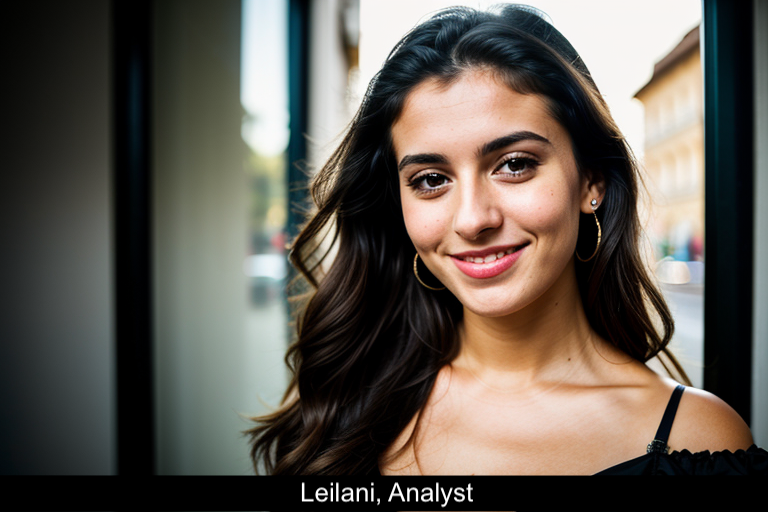The Tehran Museum of Contemporary Art has recently garnered attention due to its extraordinary collection of modern masterpieces, overshadowed by decades of political turmoil and cultural suppression. This hidden trove houses works by iconic artists such as Pablo Picasso, Vincent Van Gogh, Andy Warhol, and Jackson Pollock, collectively valued at an astonishing $3 billion. As the museum begins to showcase more of these pieces, the implications for Iranian society, international relations, and the global art community are profound and warrant careful consideration.
The museum’s recent exhibition, “Eye to Eye,” which runs until January 2025, has emerged as a cultural phenomenon. With a staggering turnout, the exhibit marked a pivotal moment in Iran’s art scene, drawing both domestic and international interest. Art historians, curators, and enthusiasts have hailed this event as a significant breakthrough in re-establishing the connection between Iran and the global art narrative, which has largely been severed since the 1979 Revolution.
One key impact of the museum’s actions is its potential to reshape the perception of Iranian culture on the world stage. As more artworks are unveiled, there is a potential for increased tourism activity centered around these art exhibits, thereby contributing positively to Iran’s economy. This renewed interest in art may also encourage a cultural renaissance, leading to broader artistic expression within Iran itself—an avenue for citizens to explore their own narratives within a global context.
However, this new exposure brings challenges as well. With greater visibility comes scrutiny. The Iranian government has historically exercised strong control over cultural expression. The juxtaposition of Western art with images of Iranian political figures at the museum raises questions about how authorities will respond to the ongoing dialogue between modern art and Iran’s complex socio-political landscape. Art, by its nature, challenges norms and provokes thoughts, and it can be unpredictable how the Iranian authorities will react as more controversial pieces are displayed.
Additionally, the museum’s financial conditions present hurdles for its long-term viability. Without adequate funding and support, the preservation of such important historical artifacts is at risk. Potential deterioration of artworks due to lack of conservation efforts could not only diminish the collection’s value but also symbolize the ongoing ideological battle between cultural pride and doctrinal conservatism.
For international art dealers and historians, there remains a significant obstacle: access. The Foreign Office in the UK, for instance, warns its citizens against visiting Iran due to safety concerns. This travel advisory limits the opportunity for British art institutions and collectors to engage directly with the museum and its holdings. While the art community has begun to advocate for cultural dialogue beyond political disagreements, practical barriers remain.
Furthermore, while this revival projects optimism and the promise of cultural exchange, there lies an underlying tension that must be navigated. The state of freedom of expression in Iran is a global concern; understanding the political currents guiding these artistic unveilings is paramount. Potential visitors and art enthusiasts should consider the implications of their presence in such an environment—where art can attract attention and provoke responses from the authorities.
The Tehran Museum of Contemporary Art can serve not only as the custodian of these masterpieces but auch as a facilitator for conversations around art, identity, and historical narratives. By actively engaging with both domestic and international audiences, the museum can play a crucial role in bridging cultural gaps, fostering greater understanding, and perhaps inspiring change in a country where artistic freedom has faced significant challenges.
In conclusion, while the Tehran Museum of Contemporary Art may appear to be simply revealing its artworks, it is engaging in a broader narrative that encapsulates art’s role in society—its potential as a medium for connection, resilience, and dialogue amid varying degrees of political and social constraints. Artists and their work can reflect the zeitgeist of a culture, and as this museum opens its vaults, it will inevitably continue to impact Iran both internally and in its relations with the outside world. The art world will be watching closely as we navigate these complexities, seeking to understand what lies beneath the surface of this remarkable cultural revival.




